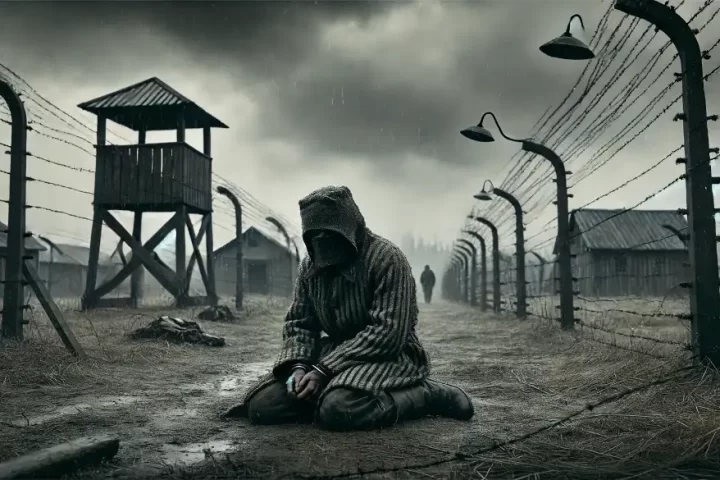Authoritarian and Totalitarian are both forms of government that contrast sharply with democratic systems. While they share some similarities in terms of centralized power and limited political freedoms, they have distinct characteristics that set them apart. We take a look at each.
Key Takeaways:
- Distinct Approaches to Control: It outlines the differences between totalitarian and authoritarian regimes, focusing on their unique approaches to maintaining power, with totalitarianism involving pervasive control over all aspects of life and authoritarianism focusing more on political dominance.
- Mechanisms of Dominance: The article discusses the various tools used by these regimes to enforce their rule, including propaganda, surveillance, secret police, censorship, and control of information.
- Impact on Society: It highlights the profound impact such regimes have on individual freedoms and societal structure, stressing the suppression of dissent and restriction of civil liberties.
Unmasking Tyranny: Life Under Authoritarian and Totalitarian Rule
Table of Contents
- What is Authoritarianism?
- What is Totalitarianism?
- What's the Difference Between Totalitarianism and Authoritarianism?
- Unraveling the Fabric of Control: Understanding Totalitarian and Authoritarian Regimes
- Comparing Totalitarian and Authoritarian Approaches
- Totalitarianism:
- Authoritarianism:
- Underlying Philosophies: Ideological Foundations
- Citizen Engagement and Mobilization: Active vs. Passive Roles in Governance
- Tactics Employed in Totalitarian and Authoritarian Regimes
- Totalitarian
- Real-World Examples: Totalitarian and Authoritarian Regimes
- Ideological Indoctrination:
- Mass Surveillance:
- Use of Terror and Secret Police:
- Censorship and Propaganda:
- Control of Education and Youth Organizations:
- Examples of Authoritarian Methods of Control:
- Restricted Political Participation:
- Selective Censorship and Media Control:
- Use of Military and Police for Control:
- Manipulation of Law and Judiciary:
- In Finishing Up
- Frequently Asked Questions:
- What are the main characteristics of authoritarian and totalitarian regimes?
- How do totalitarian and authoritarian regimes differ in their approach to governance?
- What tools do totalitarian regimes use to maintain control?
- Can you provide examples of totalitarian regimes?
- What are some common features of authoritarian regimes?
What is Authoritarianism?
Authoritarianism is a form of government characterized by strong central power and limited political freedoms. While authoritarian regimes may tolerate some degree of social, economic, and cultural autonomy, political opposition is typically suppressed. Authoritarian leaders often maintain control through coercion, manipulation, and sometimes violence.
What is Totalitarianism?
Totalitarianism is a form of government where the state has complete control over all aspects of public and private life. This includes political, social, economic, and cultural spheres. Individuals have limited to no freedom, and dissent is often suppressed through propaganda, censorship, and violence
What’s the Difference Between Totalitarianism and Authoritarianism?
Totalitarianism exerts complete control over all aspects of society, leaving individuals with minimal personal freedom and autonomy. In contrast, authoritarian regimes allow for some degree of societal autonomy but maintain strict political control. Totalitarianism typically involves extensive propaganda and ideological control, whereas authoritarianism may employ censorship and coercion to suppress dissent without necessarily imposing a single ideology on society.
Unraveling the Fabric of Control: Understanding Totalitarian and Authoritarian Regimes
Totalitarian and Authoritarian regimes, though the terms are frequently combined, represent distinct models of governance, each with its unique mechanisms of control and influence. Totalitarianism is marked by its all-encompassing nature, where the state seeks to control every aspect of public and private life, driven by a pervasive ideological stance. It employs intense propaganda, surveillance, and societal mobilization to maintain its grip on power.

In contrast, Authoritarianism, while also undemocratic, tends to be more focused on political dominance, maintaining control over political opposition without necessarily permeating every facet of its citizens’ lives. While both systems limit freedoms and centralize power, the depth and scope of their control differ significantly, offering a nuanced understanding of how different regimes exert their authority.
Comparing Totalitarian and Authoritarian Approaches
Totalitarianism:
Totalitarian regimes seek to control virtually every aspect of citizens’ lives, including the economy, education, art, science, private life, and morals of citizens. The state’s influence permeates all facets of society, aiming to control not just the actions but also the thoughts and beliefs of its populace. In totalitarian systems, the state often uses propaganda, surveillance, and mass mobilization of society to maintain its total control.
Authoritarianism:
Authoritarian regimes, on the other hand, are primarily concerned with political power and the control of political opposition. While they may restrict civil liberties and political freedoms, they are less concerned with controlling every aspect of citizens’ lives. The state may allow some degree of autonomy in personal, social, and economic spheres as long as it doesn’t threaten the authority of the ruling group.
Underlying Philosophies: Ideological Foundations
Totalitarianism:
A strong ideological belief often drives Totalitarian systems, whether it’s a form of radical nationalism, communism, or another doctrine. This ideology dictates all aspects of life and is propagated to ensure the populace aligns with the state’s beliefs.
Authoritarianism:
Authoritarian systems may or may not be driven by a specific ideology. Often, the primary goal is the preservation of power rather than the propagation of a particular worldview.
Citizen Engagement and Mobilization: Active vs. Passive Roles in Governance
Totalitarianism:
Totalitarian states often involve mass mobilization of the population in state-driven campaigns, movements, or initiatives. The state may organize mass rallies, communal projects, and other events to foster a sense of unity and participation in the regime’s goals.
Authoritarianism:
Authoritarian regimes are less likely to engage in consistent mass mobilization efforts. Instead, they often focus on passive obedience from their citizens rather than active participation.
Tactics Employed in Totalitarian and Authoritarian Regimes
Totalitarian
Pervasive Propaganda:
Totalitarian states often exert substantial control over media and use it for relentless propaganda. For instance, Nazi Germany under Adolf Hitler utilized films, mass rallies, and Hitler’s persuasive oratory to indoctrinate the public. Similarly, the Soviet Union under Joseph Stalin used state-controlled media to propagate communist ideology and glorify the state’s achievements.
Extensive Surveillance:
The use of surveillance in totalitarian regimes aims to monitor and control every aspect of citizens’ lives. The East German Stasi is a prime example; they maintained an extensive network of informants and used various surveillance techniques to monitor citizens, ensuring conformity and suppressing dissent.
Secret Police and Terror:

The Geheime Staatspolizei, abbreviated as Gestapo, was the official secret police of Nazi Germany and German-occupied Europe. Created by Hermann Göring in 1933, the Gestapo unified the various political police agencies of Prussia into a single organization.
Secret police forces, such as the Gestapo in Nazi Germany or the NKVD in the Soviet Union, played a crucial role in instilling fear and enforcing state policy. They operated outside of regular legal frameworks, using arrest, torture, and execution to eliminate opposition and instill fear.
Censorship and Information Control:
Totalitarian regimes strictly control information. In Maoist China, for example, the state controlled all sources of information, from education to the arts, ensuring that only government-approved messages reached the public.
Political Purges and Show Trials:
Political purges, such as Stalin’s Great Purge, involved the elimination of perceived enemies within the government, military, and broader society. Show trials were often used to make an example of these enemies, offering staged judicial proceedings to justify their punishment.
Real-World Examples: Totalitarian and Authoritarian Regimes
Ideological Indoctrination:
North Korea’s Kim Dynasty:
North Korea provides a modern example of ideological indoctrination. The government promotes a strong cult of personality around its leaders and imposes a rigid state ideology known as Juche, which emphasizes self-reliance and loyalty to the state.
Mass Surveillance:
East German Stasi:
The Ministry for State Security, commonly known as the Stasi (short for Staatssicherheit), served as the state security service of East Germany from 1950 to 1990.
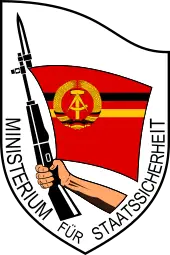
The Stasi, East Germany’s secret police, had a vast network of informants and developed extensive files on a large segment of the population, aiming to know every detail of citizens’ lives. Their methods included bugging homes, wiretapping phones, and even deploying agents to form personal relationships with targets.
Use of Terror and Secret Police:
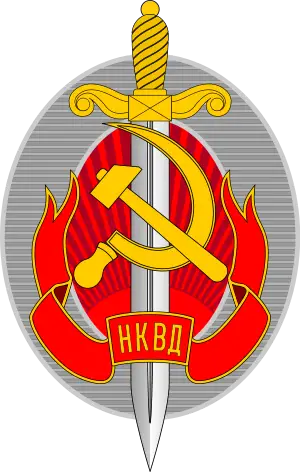
The People’s Commissariat for Internal Affairs, abbreviated as NKVD, was the interior ministry of the Soviet Union from 1934 to 1946. Established in July 1934 to succeed the Joint State Political Directorate secret police agency, it held a monopoly on intelligence and state security.
Soviet NKVD under Stalin: The NKVD, a forerunner of the KGB, carried out mass arrests, and executions, and sent millions to Gulag labor camps during Stalin’s purges. They targeted “enemies of the state,” a group that included not just political dissidents but also ordinary citizens accused of disloyalty.
Censorship and Propaganda:
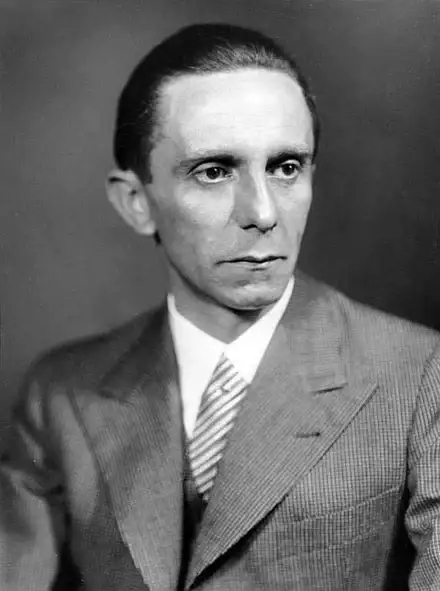
Paul Joseph Goebbels was a German Nazi politician and philologist who served as the Gauleiter of Berlin, chief propagandist for the Nazi Party, and Reich Minister of Propaganda from 1933 to 1945.
Nazi Germany’s Ministry of Public Enlightenment and Propaganda: Led by Joseph Goebbels, this ministry tightly controlled media, arts, and information. They disseminated pro-Nazi propaganda and censored all opposing viewpoints, using media to manipulate public opinion and promote anti-Semitic ideology.
Control of Education and Youth Organizations:
The Hitler Youth was an organization established by Adolf Hitler in 1933 to educate and train boys in Nazi principles. Led by Baldur von Schirach, who headed all German youth programs, the Hitler Youth had nearly 60 percent of German boys enrolled by 1935. On July 1, 1936, it was formalized as a state agency, making membership mandatory for all young “Aryan” Germans.
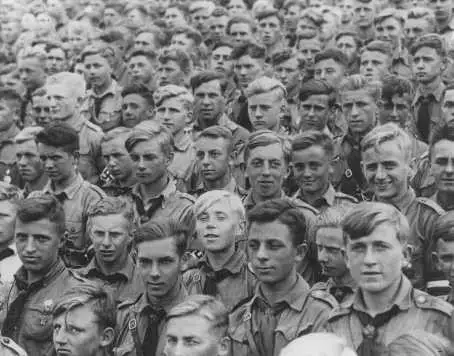
Hitler Youth in Nazi Germany: The Hitler Youth organization indoctrinated German youth with Nazi ideology. Participation was eventually made compulsory, ensuring that young Germans were exposed to and absorbed Nazi beliefs and values from an early age.
Examples of Authoritarian Methods of Control:
Limited Political Freedoms: Authoritarian regimes often ban opposition parties or restrict their activities, ensuring a monopoly on political power. For instance, under Saddam Hussein’s rule in Iraq, political opposition was severely restricted, and dissent was not tolerated.
Selective Censorship: While not as all-encompassing as in totalitarian states, authoritarian regimes still practice censorship, especially regarding political content. Media might be relatively free in non-political areas but heavily monitored and controlled when it comes to criticism of the government.
Use of Force and Coercion: Authoritarian regimes maintain control through the use of force, but typically on a smaller scale than totalitarian states. The use of police and military to disperse protests, arrest political opponents, and intimidate citizens is common.
Control of Judiciary: Authoritarian regimes often manipulate the judiciary to maintain power. Courts may be used to legally suppress opposition and endorse government actions, as seen in many military dictatorships.
Restrictions on Civil Liberties: Authoritarian governments may restrict freedoms of speech, assembly, and press, but these restrictions are typically more focused on political opposition than on controlling all aspects of life.
Restricted Political Participation:
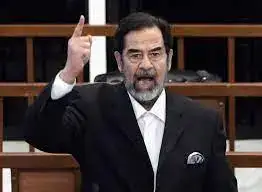
Saddam Hussein Abd al-Majid al-Tikriti was an Iraqi politician and revolutionary who held the position of the fifth president of Iraq from 1979 to 2003. Additionally, he served as the prime minister of Iraq from 1979 to 1991, and again from 1994 to 2003
Saddam Hussein’s Iraq: Political power was concentrated in the hands of Saddam Hussein and his Ba’ath Party. Opposition parties were banned, and political dissent was often met with brutal repression.
Selective Censorship and Media Control:
Singapore’s Media Regulation: Singapore, often cited as an example of “soft authoritarianism,” maintains tight control over media content, particularly in areas concerning the government and public order, while allowing some level of freedom in non-political areas.
Use of Military and Police for Control:
As commander of the armed forces until 1998, Pinochet frequently obstructed human rights prosecutions against security force members. After stepping down, he became a senator for life, a position granted to former presidents under the 1981 constitution. Later in 1998, during a visit to London, he was detained by British authorities following Spain’s request for his extradition related to the torture of Spanish citizens in Chile during his rule. This unprecedented case sparked worldwide controversy and galvanized human rights organizations in Chile

Pinochet’s Chile: General Augusto Pinochet was head of Chile’s military government (1974–90) the regime was notorious for using military and police forces to suppress opposition. Tactics included arbitrary arrests, torture, and disappearances of political opponents.
Manipulation of Law and Judiciary:
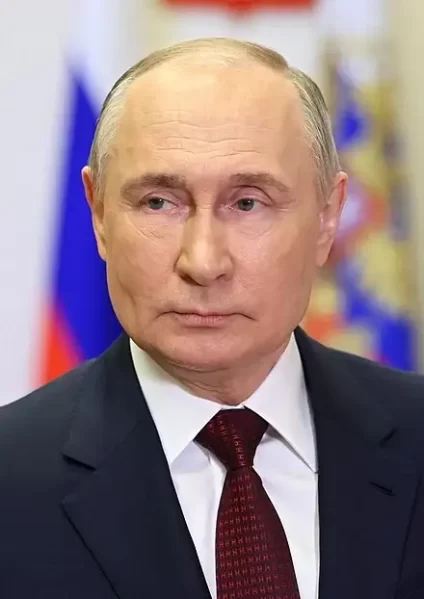
Vladimir Vladimirovich Putin is a Russian politician and former intelligence officer who serves as the president of Russia. Putin has held leadership positions continuously since 1999, serving as prime minister from 1999 to 2000 and again from 2008 to 2012, and as president from 2000 to 2008 and from 2012 to the present
Vladimir Putin’s Russia: Russia under Putin has seen the increasing manipulation of law to stifle dissent and political opposition. Laws are often selectively enforced, and the judiciary is used to legitimize government actions and suppress opposition.
Restrictions on Civil Liberties and Human Rights:
Saudi Arabia’s Control of Women’s Rights: Despite recent reforms, Saudi Arabia has historically imposed strict controls on women’s rights, exemplifying how authoritarian regimes can restrict personal freedoms to maintain social control. Practices like guardianship laws severely limited women’s autonomy.
In Finishing Up
By comparing these examples, we can see the varied yet systematic approaches both totalitarian and authoritarian regimes use to consolidate and maintain their power. Totalitarian regimes often aim for complete control over every aspect of life, whereas authoritarian regimes focus more on political control, allowing for some degree of personal and social autonomy as long as it does not threaten their power. It’s not hard to see as you read through this article where American Politics stands at this time in history and where it’s going.
Frequently Asked Questions:
What are the main characteristics of authoritarian and totalitarian regimes?
Authoritarian regimes focus on maintaining political power and control, often through repression and limited political freedoms. Totalitarian regimes seek to control nearly every aspect of public and private life through extensive propaganda, surveillance, and ideological indoctrination.
How do totalitarian and authoritarian regimes differ in their approach to governance?
Totalitarian regimes aim for complete control over all facets of life, including the economy, education, and private lives, driven by a strong ideology. Authoritarian regimes primarily concentrate on political control, allowing some personal freedoms as long as they don’t challenge the state’s authority.
What tools do totalitarian regimes use to maintain control?
Totalitarian regimes employ pervasive propaganda, extensive surveillance, secret police, censorship, political purges, and indoctrination to maintain their grip on power.
Can you provide examples of totalitarian regimes?
Examples include Nazi Germany under Adolf Hitler, the Soviet Union under Joseph Stalin, and North Korea under the Kim dynasty, all of which utilized intense propaganda, surveillance, and repression to control their populations.
What are some common features of authoritarian regimes?
Common features include restricted political participation, selective censorship, use of military and police for control, and manipulation of the judiciary. Examples include Pinochet’s Chile and Putin’s Russia.
